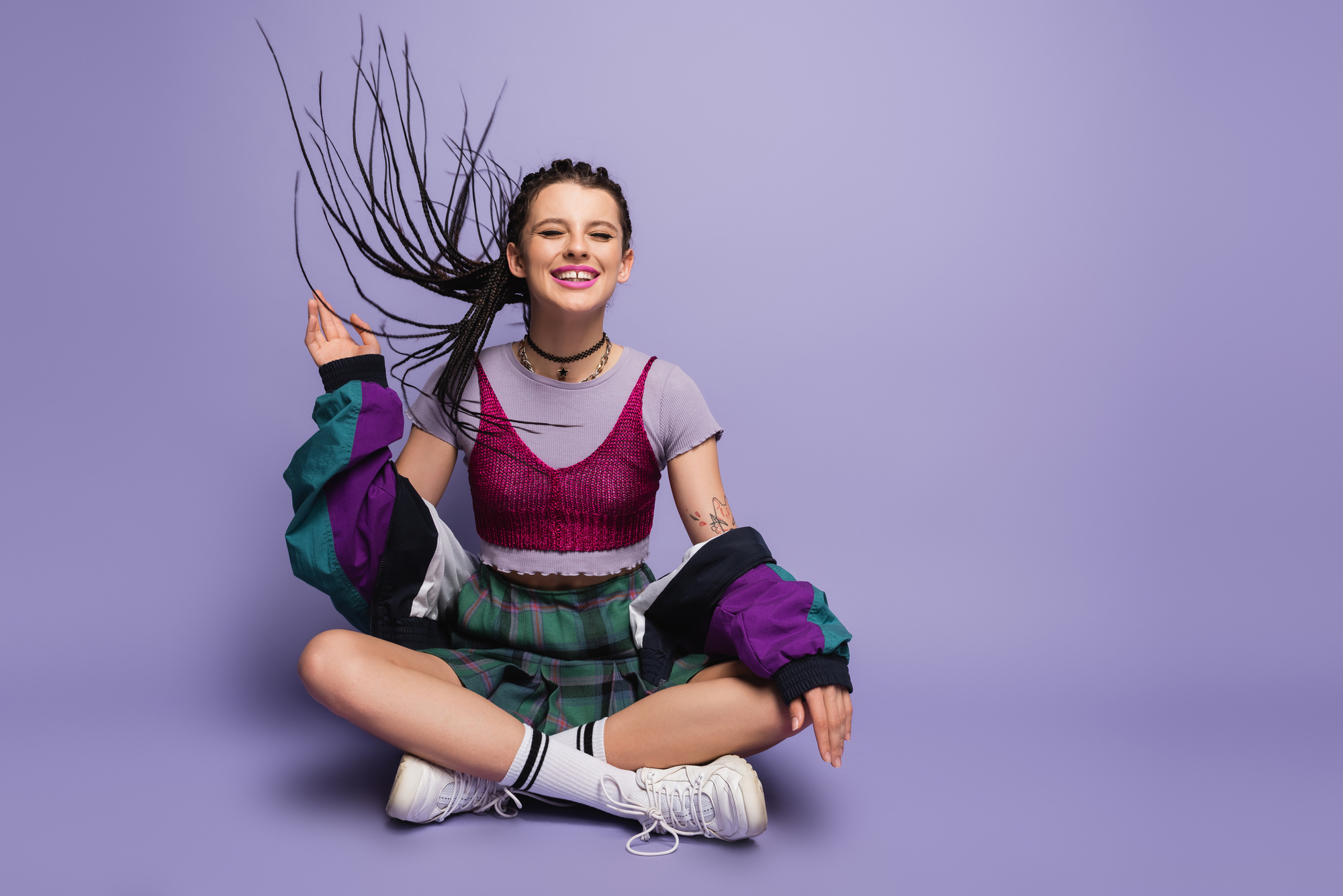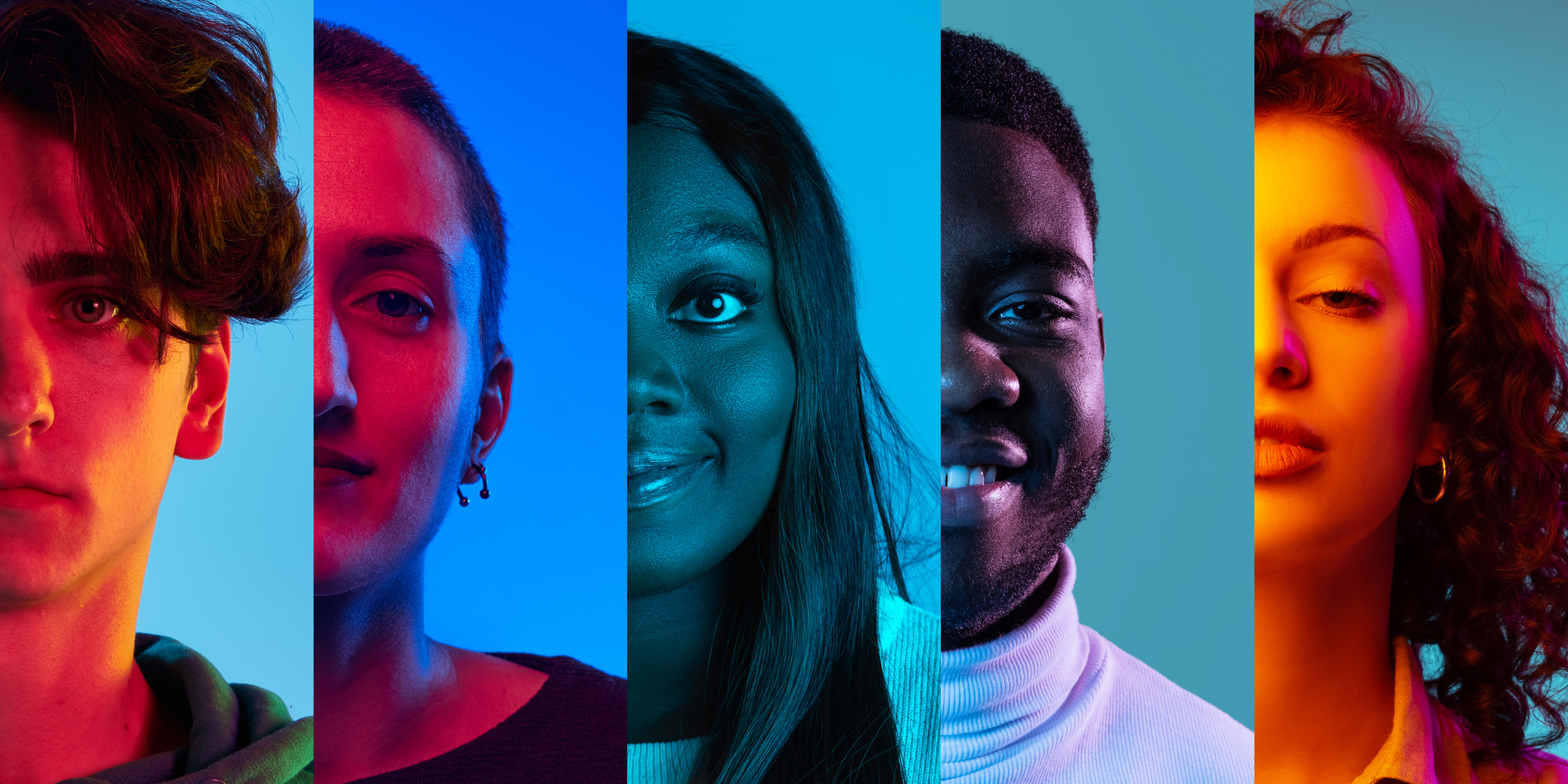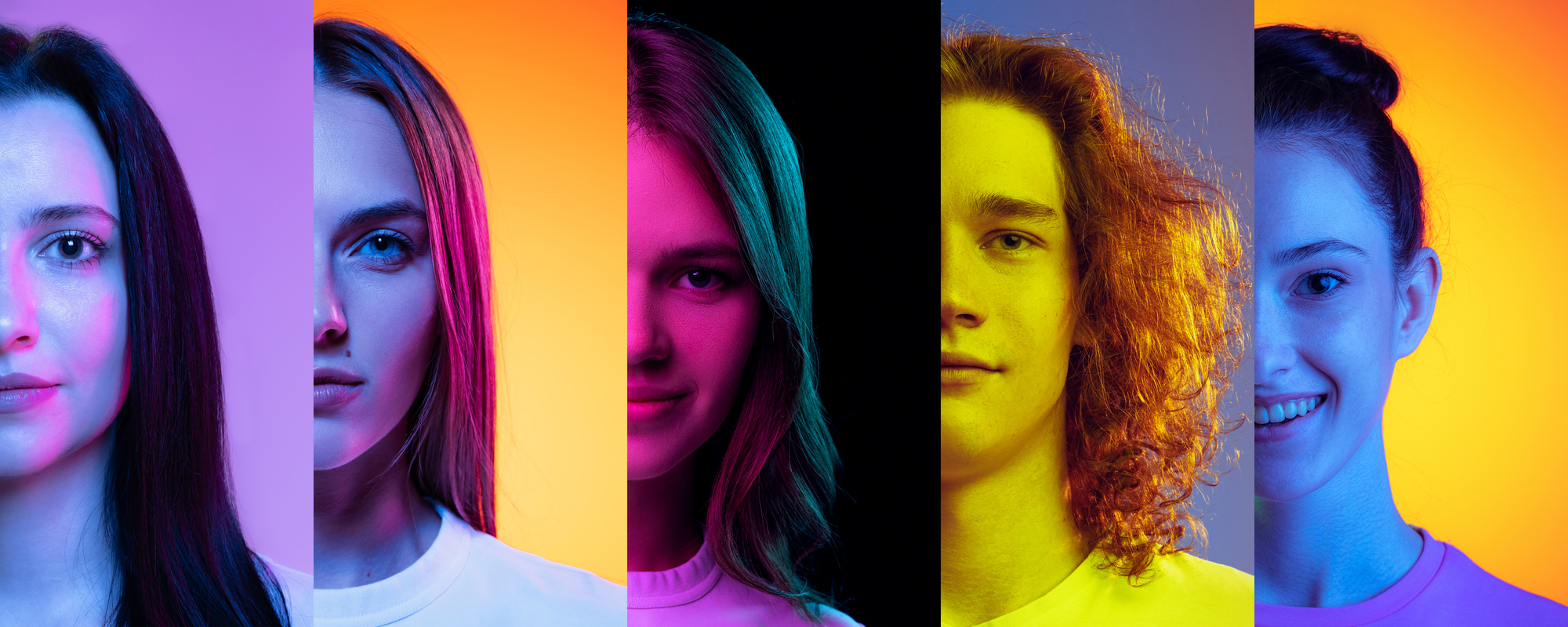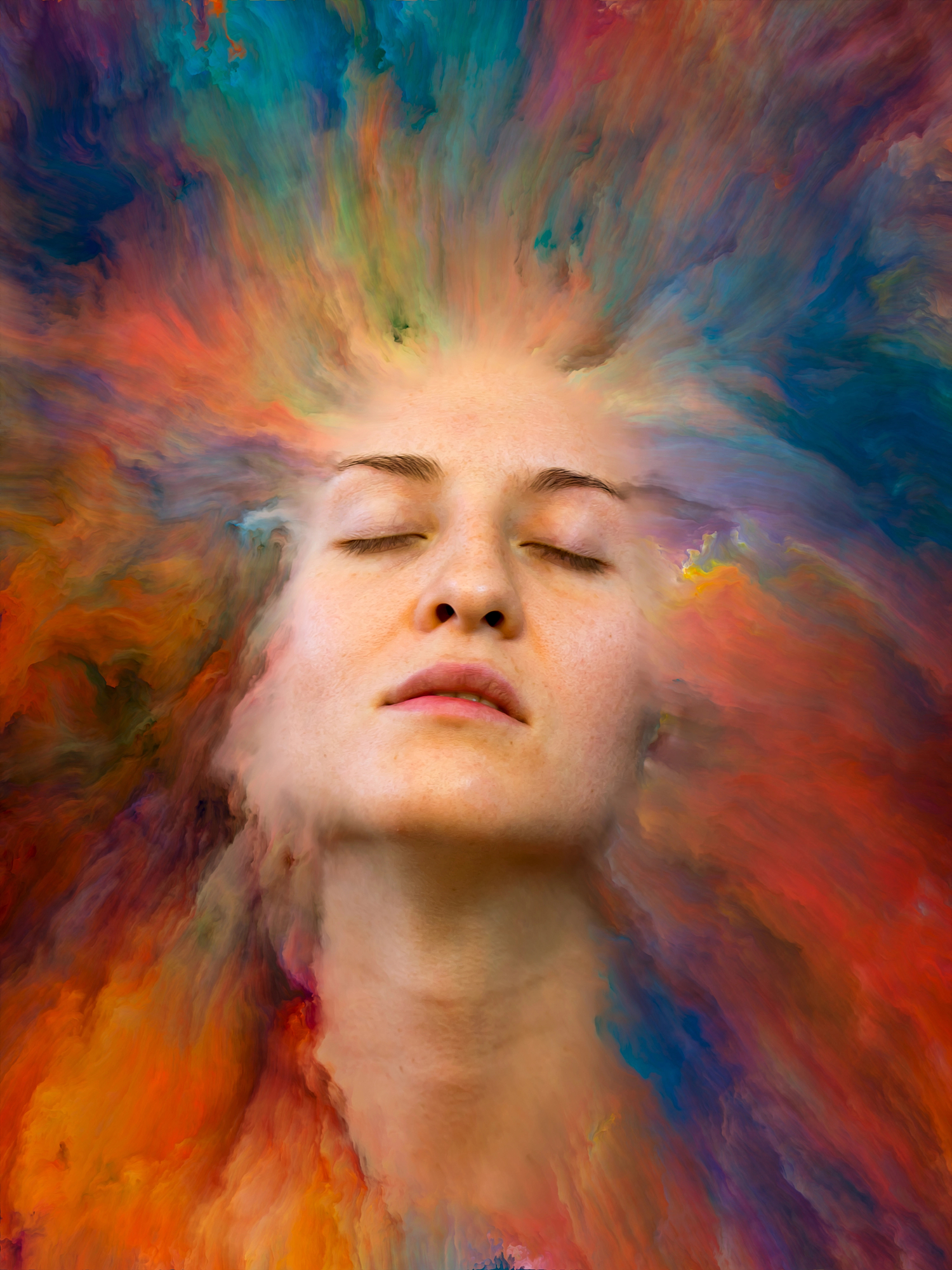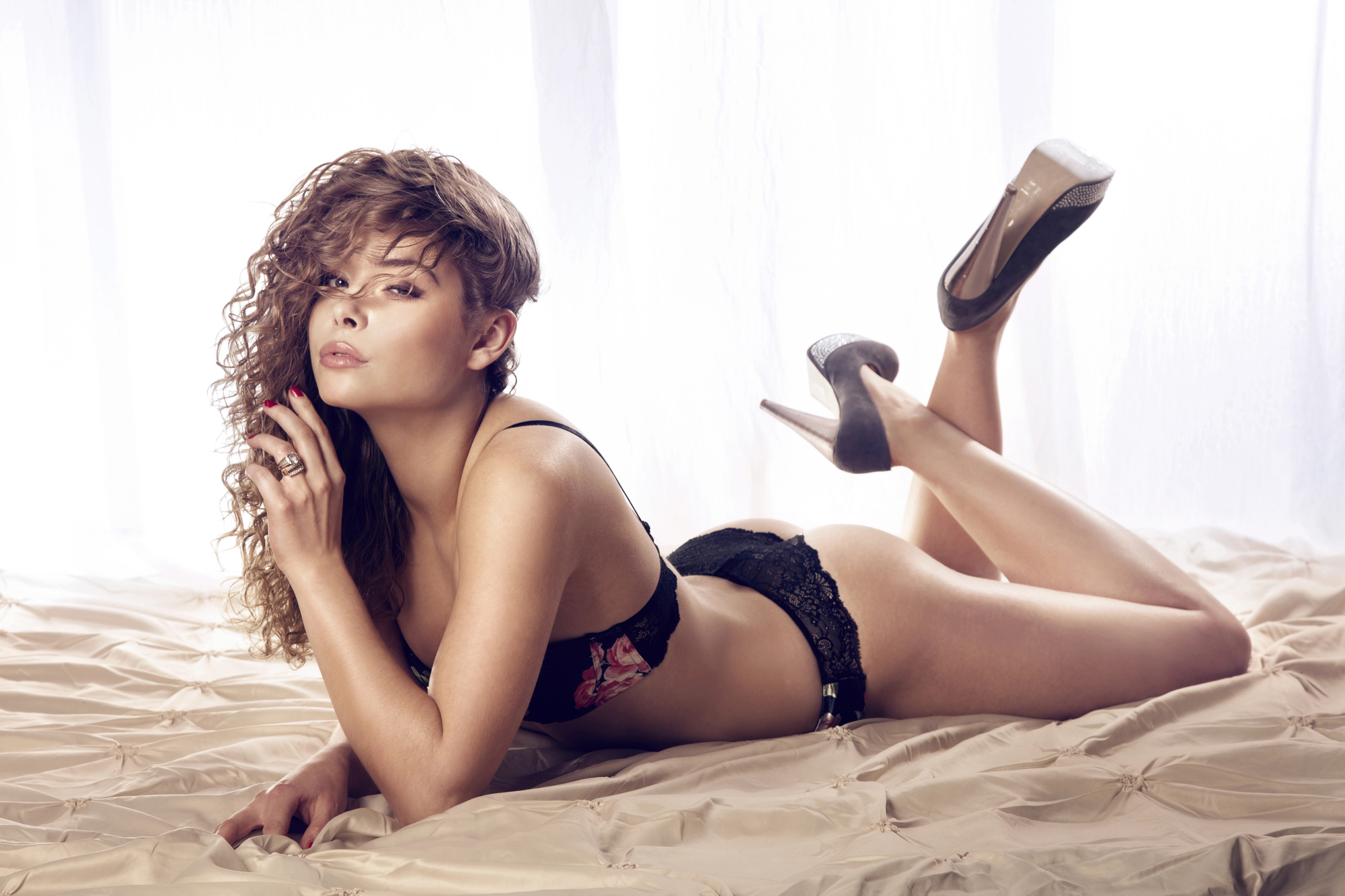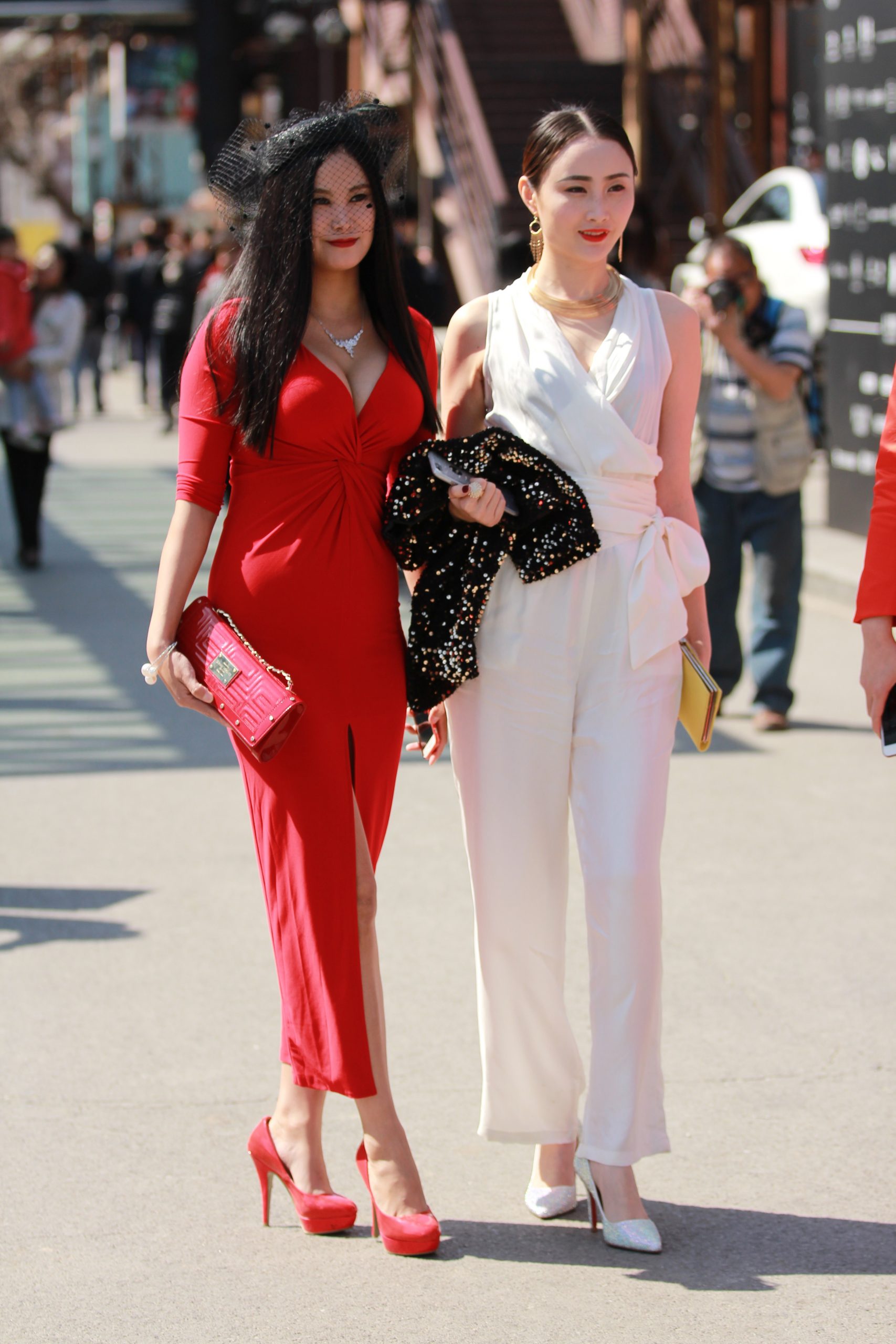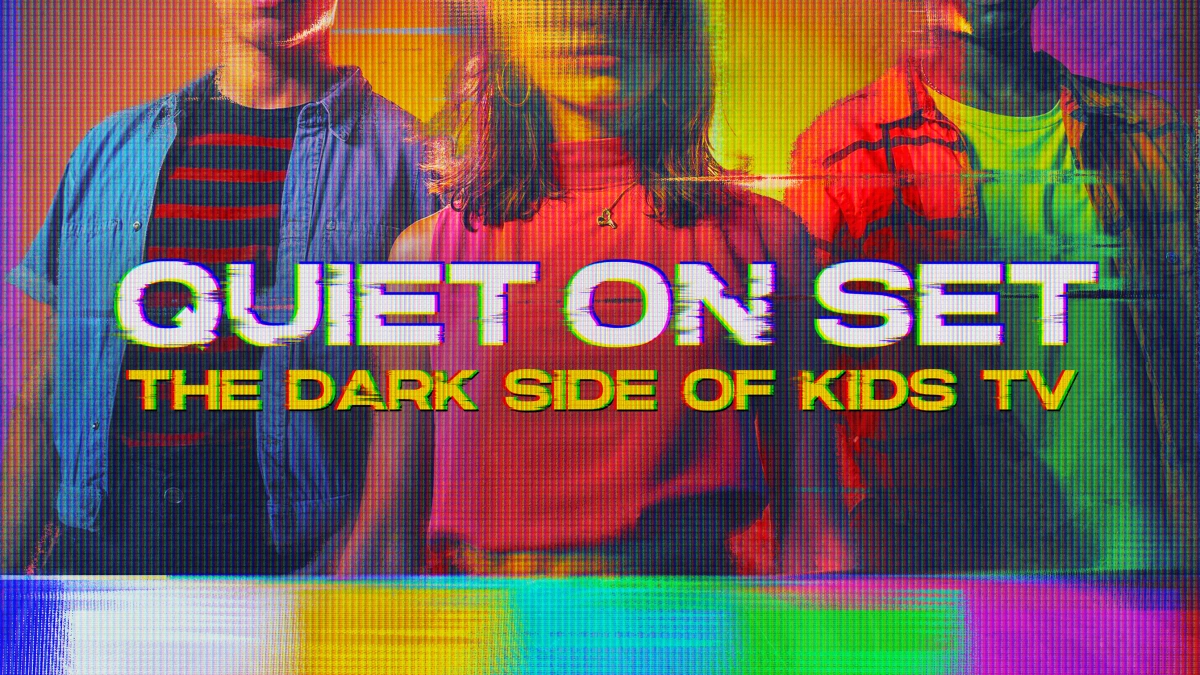In the dynamic world of fashion, music, and culture, trends have a fascinating lifecycle. They bloom, fade, and, surprisingly, reemerge decades later, refreshed for a new generation. This cyclical revival of trends every 20-30 years is not just a cultural curiosity but a phenomenon rooted in psychology, sociology, and economic factors. Here, we’ll explore the reasons behind this recurring pattern, drawing insights from various spheres.
Nostalgia: The Emotional Catalyst
One of the primary drivers for the resurgence of trends is nostalgia. Nostalgia is a potent emotion that romanticizes the past, making it appealing to reintroduce trends from 20-30 years ago. As adults reach their 30s and 40s, they begin to reminisce about their childhood and teenage years, seeking comfort in the familiar. This yearning for the past influences consumer behavior, encouraging brands to resurrect trends that evoke sentimental value.
Generational Influence
The generational handover plays a significant role in the return of trends. Parents often share stories, music, and styles from their youth with their children, instilling an appreciation for the past. This transmission of culture between generations seeds interest in bygone eras, leading to a revival as these younger generations reach an age where they influence market trends and cultural dialogues.
The 20-Year Cycle of Innovation
Cultural theorists suggest a 20-year cycle of innovation, where society alternates between periods of intense creativity and periods of reflection and nostalgia. During reflective periods, designers and creators look to the past for inspiration, reinterpreting trends with a modern twist. This cycle ensures that trends from two decades prior are ripe for revival, offering a blend of familiarity and novelty that appeals to both older generations and new audiences.
Economic Factors
Economically, reviving past trends is less risky for brands and designers. There’s a pre-existing blueprint for success, reducing the uncertainty associated with entirely new concepts. Additionally, manufacturing processes and materials have often evolved, allowing for improved versions of past products at lower costs. This economic efficiency makes the resurrection of old trends an attractive strategy for businesses.
Social Media and Global Connectivity
The rise of social media and global connectivity has accelerated the resurgence of trends. Platforms like Instagram, TikTok, and Pinterest serve as digital archives, where past fashions and ideas are continually shared and celebrated. This constant exposure keeps old trends in the public eye, shortening the time it takes for them to come back into vogue.
The Role of Media and Celebrities
Celebrities and media play a pivotal role in bringing old trends back to life. When influential figures embrace a style or cultural element from the past, it gains instant visibility and credibility. Movies, TV shows, and music videos that draw on past decades for inspiration also contribute to the revival, making old trends feel fresh and relevant once again.
Summary and Perspective
The cyclical nature of trends is a complex interplay of emotional, social, and economic factors. Nostalgia, generational influence, economic efficiency, and the power of media and global connectivity all contribute to the recurring pattern of trends resurfacing every 20-30 years. While this cycle offers a comforting sense of continuity, it also challenges creators to innovate within the bounds of what has come before.
From a critical standpoint, the resurgence of trends underscores the importance of understanding history and culture in shaping our present and future. It highlights the need for a balance between nostalgia and innovation, ensuring that while we celebrate the past, we also strive for originality and progress. In this light, the return of trends is not just a repetitive cycle but a mirror reflecting our collective psyche, revealing our desires, fears, and aspirations through the lens of fashion, music, and culture.

